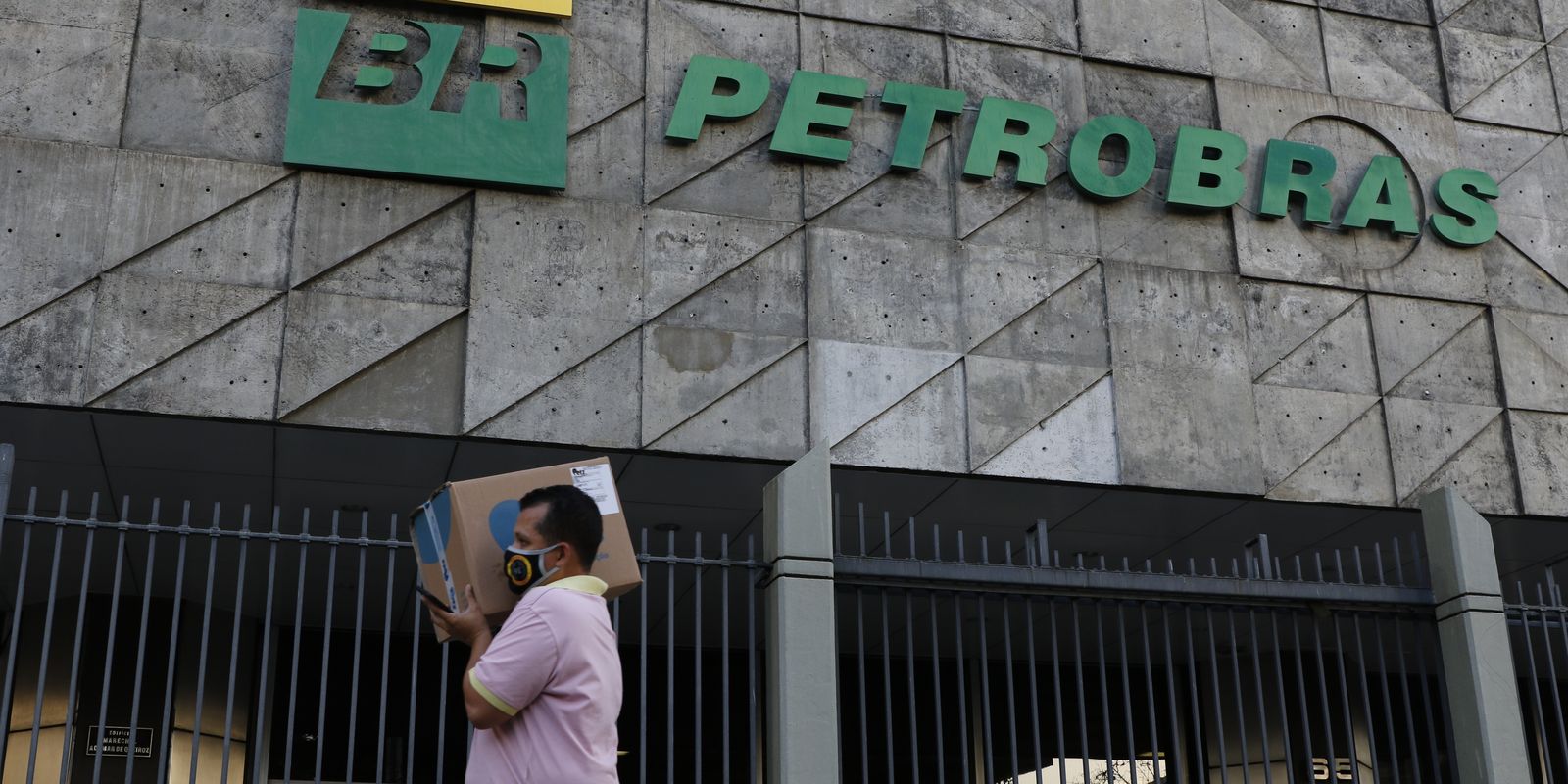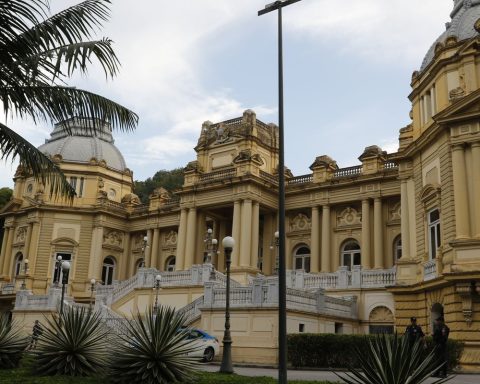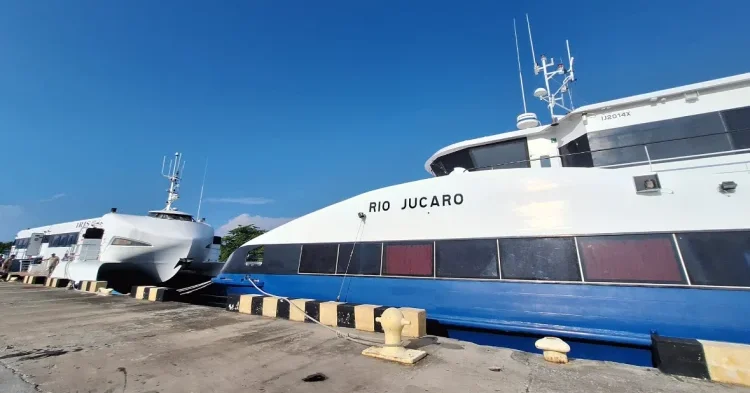Petrobras will invest R$500 million in the purchase of five new supercomputers, with the aim of maintaining competitiveness in the market. The announcement was made this Thursday (29) by the company, which for four years has been the leader in computing capacity in Latin America, according to the ranking Top500.org, which ranks the biggest High Performance Computer (HPCs) in the world.
One of the machines, with processing capacity equivalent to around 10 million cell phones and 200 thousand notebookswill require an investment of R$435 million. The acquisition will allow the company to maintain its leadership in computing capacity and also in eco-efficiency. The machines will begin to be assembled this year and will begin operating in 2025.
Petrobras’ Director of Exploration and Production, Sylvia Anjos, assessed that the purchase of the new supercomputers “has enormous strategic importance for Petrobras, as it keeps the company at the forefront of technology in the oil and gas sector, in relation to subsurface seismic imaging”. She assured that, with this update, the company will be able to expand the execution of seismic processing projects “with state-of-the-art technologies”.
Seismic data
The new HPC will be used by Petrobras geophysicists to process raw seismic data and transform it into detailed images of the subsurface. This is equivalent to creating a 3D map of the rock layers below the surface with sharper and more precise images of the geological structures, considered essential for identifying potential oil and gas reservoirs.
Director Sylvia Anjos believes that the renewal and expansion of the geophysical and geological data processing capacity will bring faster and more accurate results for the challenges of operating in ultra-deep waters and new exploratory areas, such as pre-salt and the Equatorial Margin.
Clarice Coppetti, Director of Corporate Affairs, added that the more detailed images of the subsurface will enable Petrobras to identify potential areas with greater precision, in addition to reducing exploratory risk and refining the simulation of reservoir behavior, enabling more efficient production. “Remaining among the industry’s largest computational capabilities allows Petrobras to compete globally, attract partnerships and business opportunities,” she said.
Update
The renewal of the supercomputers is part of the company’s strategy to keep its technology park up to date, investments in which are planned in the 2024-28 Strategic Plan. The giant HPC will weigh around 50 tons and be 50 meters long, considering all parts in a straight line. The super machine will have around 73 PFlops. One Petaflop (PFlop) is equivalent to 1 quadrillion Flopsor operations per second, in the English acronym. When the installation is complete, it will replace, alone, the HPCs Fênix, Atlas and Dragão, which will be turned off. The information is from Petrobras’ press office.
The new supercomputer is expected to be the most eco-efficient in Latin America, with enormous processing power in relation to the energy consumed. The issue of sustainability required special attention from the company, from the initial design of the supercomputer to the choice of the most efficient technologies. Concern about energy use also guided the design of the room where the machine will be installed, specifically designed to allow operation with the lowest energy consumption. The five new supercomputers were purchased from Lenovo, the company that won the bid.














